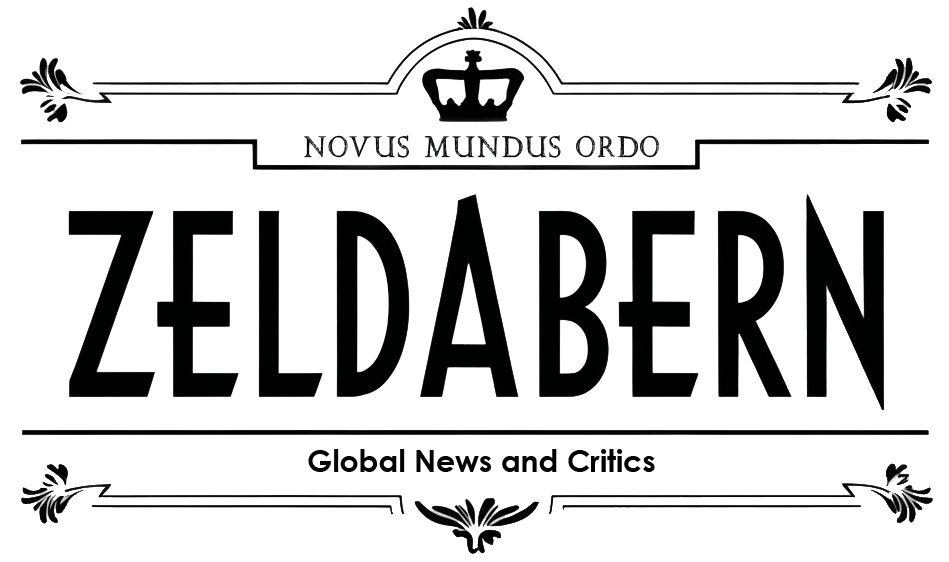The Japanese yen is poised to rise against the US dollar for the fourth consecutive week, driven by growing expectations that the Bank of Japan (BoJ) will raise interest rates further this year. Strong wage growth and household spending data have fueled the yen’s rebound, while global risk aversion has spurred capital flows into the yen and gold. Meanwhile, the US dollar has faced selling pressure due to uncertainties surrounding potential tariffs under the Trump administration, pushing the yen to its strongest level against the dollar since December.
Key Drivers of the Yen’s Strength
- BoJ’s Hawkish Stance:
Expectations of further rate hikes by the BoJ have significantly boosted the yen. On Thursday, a hawkish BoJ official suggested that borrowing costs could at least double to 1% by March 2026, reinforcing market optimism about the yen’s upward potential. - Strong Economic Data:
Recent data from Japan has been robust. Wage growth in December marked the largest increase in nearly 30 years, while household spending surged five times more than economists had anticipated, reaching its highest level since August 2022. These figures have heightened speculation that the BoJ may accelerate its rate hikes. - Risk Aversion and Safe-Haven Demand:
Global market volatility and risk aversion have driven investors toward safe-haven assets like the yen and gold. The yen’s appeal has been further bolstered by the US dollar’s decline, which has been pressured by falling US Treasury yields and uncertainties surrounding Trump’s tariff policies. - Yield Gap Narrowing:
As the BoJ moves toward a more hawkish monetary policy, while other major central banks like the Federal Reserve, European Central Bank, and Bank of England lean toward easing, the yield gap between Japan and other economies is expected to narrow, supporting the yen’s appreciation.
Market Performance
The yen has risen more than 2% against the dollar this week, marking its strongest weekly gain since late November 2023. On Friday, the dollar-to-yen exchange rate fell to 150.96, its lowest level since December 10, before slightly recovering to 151.53.
Jerry Minier, co-head of G10 forex trading at Barclays, noted that the BoJ’s hawkish comments have sparked significant market enthusiasm for the yen. “Client interest in buying the yen against other currencies has significantly increased,” he said.
Challenges and Risks
Despite the yen’s recent strength, some strategists caution that its appreciation may be limited. Factors such as Japanese retail investors’ appetite for overseas stocks and Japan’s negative real interest rates could continue to weigh on the currency.
Barclays strategists Shinichiro Kadota and Lhamsuren Sharavdemberel highlighted that while the dollar-yen exchange rate may face further downside risks in the short term, sustained sharp declines are unlikely unless there is a significant shift in risk sentiment.
BoJ Rate Hike Expectations
Market bets on additional BoJ rate hikes have surged, with overnight index swaps pricing in an 80% probability of a rate hike before July and a 100% chance of a hike by September. Some traders are even anticipating more than two rate hikes this year, which would further support the yen.
These expectations are reinforced by comments from BoJ officials. Naoki Tamura, one of the BoJ’s most hawkish members, hinted at further rate hikes, while former BoJ Governor Haruhiko Kuroda stated that Japan has “completely” exited deflation, making monetary policy normalization a natural next step.
Looking Ahead
The yen’s outlook remains positive, supported by strong economic data, BoJ rate hike expectations, and safe-haven demand. However, traders remain cautious about potential volatility, particularly in light of upcoming US non-farm payroll data and any developments related to US tariffs or yen weakness.
As the BoJ continues its path toward policy normalization, the yen is likely to maintain its upward momentum, offering opportunities for investors while posing challenges for Japan’s export-driven economy.
